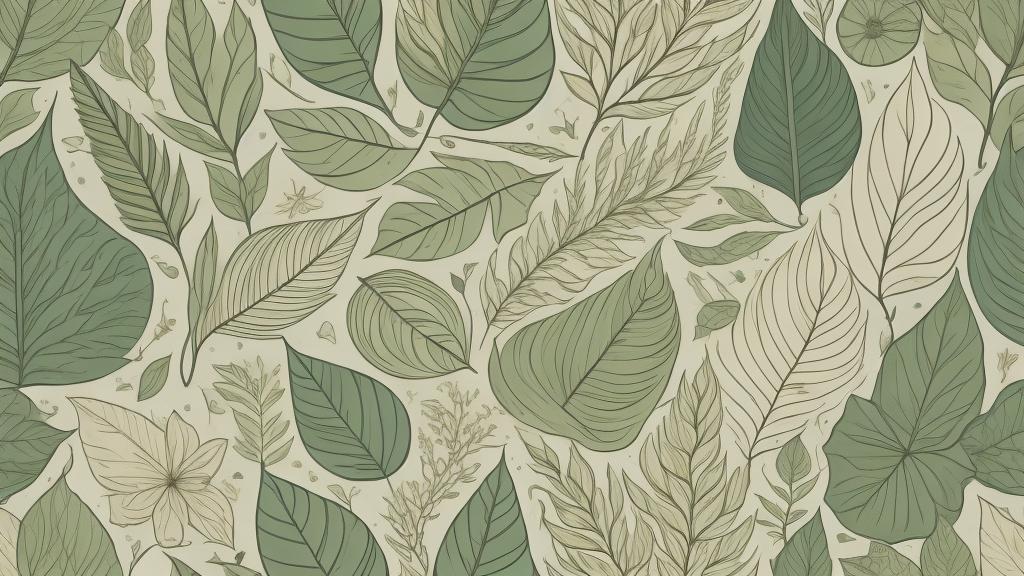As the environmental consequences of fast fashion become increasingly evident, a new wave of innovation is promising to turn the tide. Biodegradable fashion is gaining ground as both designers and consumers alike seek more sustainable alternatives. This burgeoning trend is reshaping not only the fashion industry but also our collective consciousness about the impact of our clothing choices on the planet.
In recent years, the push for sustainability in fashion has amplified, with brands vying to outdo one another in their environmental commitment. Yet, the concept of biodegradable clothing takes this one step further—literally bringing sustainability to our very skin. Primarily, it rests on using natural fibers and plant-based materials that break down harmlessly once they've served their sartorial purpose. Think of these textiles as nature's own solution to the textile waste crisis.
Of course, the beauty of biodegradable clothing is rooted in science and innovation. From Tencel, a fabric derived from wood pulp, to organic cotton and hemp, these materials promise to leave little to no footprint. Then there's Piñatex, made from pineapple leaf fibers, and Mylo, a leather-like material cultivated from mycelium, the root system of fungi. Each of these offerings embodies the transformative potential within the fashion world, harmonizing style and sustainability.
What makes biodegradable fashion particularly appealing is not just its environmental benefit—it’s also about ethics. The demand for transparency and responsibility within the industry is now non-negotiable. Consumers are more informed and vocal about issues spanning water use, chemical pollution, and fair labor practices. As a result, fashion brands face an imperative to innovate or risk obsolescence.
However, challenges remain. Despite advancements, biodegradable materials often come with higher costs, posing obstacles to mass production and affordability. Combating this will require scale, new technologies, and a shift in consumer mindset that values quality and sustainability over disposable trends. Moreover, the industry needs to combat greenwashing—the act of deceptively marketing a product as environmentally friendly when it falls short of actual standards.
Still, there's an undeniable cultural shift that supports this movement, spurred by conscious celebrities, influencers, and global organizations. Stella McCartney, a long-time advocate for sustainable fashion, has famously pushed the envelope with eco-friendly collections. Likewise, emerging designers continue to innovate, offering collections that demonstrate both elegance and ethics. This helps debunk the myth that sustainable fashion is synonymous with less style or flair.
Furthermore, fashion weeks and major runway shows have welcomed collections made from biodegradable materials, signaling that even high-end fashion is acknowledging the necessity for change. The disconnect that once existed between high fashion and environmentalism is slowly dissolving as designers focus on preserving the environment without sacrificing creativity.
Advocates argue that embracing biodegradable fashion also aligns with broader societal shifts towards minimalism and conscious consumption. The pandemic only accelerated this trend, with people reevaluating what truly matters, as well as questioning superfluous consumerism. Amidst this backdrop, biodegradable fashion doesn't merely represent a trend but a necessary evolution.
Reflecting on this journey, it's essential to recognize that it's not about immediate perfection but consistent progress. While biodegradable fashion won't solve all environmental problems overnight, it situates the industry on a path toward more ethical and sustainable practices. And as this journey progresses, it has the potential to empower consumers to make choices that align with their values.
Looking ahead, the possibilities for biodegradable fashion are as vast as they are exciting. The hope is that these innovations not only become mainstream but also inspire further advancements that make the rest of the industry untenable if it continues neglecting sustainability.
Against this backdrop, one thing remains clear: the clothes we wear and the integrity behind their creation matter immensely. Not just for our closets or our bank accounts, but for the world we live in. And in this evolving narrative, the harmonization of form, function, and eco-awareness paves the way to a future where fashion and nature don't just collide but coexist beautifully.
The revolution of biodegradable fashion: green is the new black

